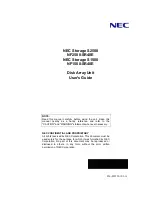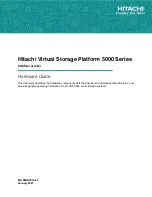
20
5. Technical Information
5.1 User Advice When Using SCSI
The following technical information relates to your LaCie DDS4 drive and gives
some practical advice:
Multiple SCSI Devices
External devices must be powered on before booting the computer — even if
they are not to be used. They MUST be left on until the computer has been
shut down.
SCSI basics
This section provides a brief description of the SCSI technology and lays down
a few basic rules for using SCSI peripherals as stand-alone devices or in a
chain.
There are two main categories of SCSI:
Narrow SCSI
and
Wide SCSI
.
Narrow SCSI
– This is the term used for 8-bit SCSI. You can connect up to 7
peripherals on a narrow SCSI bus. Narrow SCSI peripherals have either 25 or
50 pin connectors.
Wide SCSI
– This is the term used to describe 16-bit SCSI. Wide SCSI allows
you to connect up to 15 peripherals on a bus, and also offers higher data
transfer rates than narrow SCSI. Wide SCSI peripherals almost always feature
68-pin connectors.
There are three types of SCSI devices on the market today, which are defined
by the signaling method (the way the signal is transferred over the SCSI bus):
SE
,
HVD
and
LVD
.
SE (Single-ended
)
– The most common SCSI interface in use today. Single-
ended uses half of the cable wires for data/control and the other half as a
common ground point. Its advantages include its low cost, and suitability for a
wide variety of applications, including hard drives, CD and DVD drives, as well
as scanners and printers. LaCie Narrow hard drives are single-ended.
HVD (High Voltage Differential)
– HVD has three main advantages over
SE: It is possible to have longer overall bus lengths [up to 25 meters (m)],
higher data transfer rates and more devices per bus. However, HVD is a much
more costly solution, is not as widely deployed as SE and is a fading
technology since the advent of Low Voltage Differential.
Содержание DDS4 Drive
Страница 1: ...LaCie DDS4 Drive User s Manual...
















































